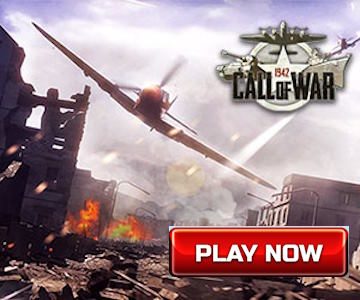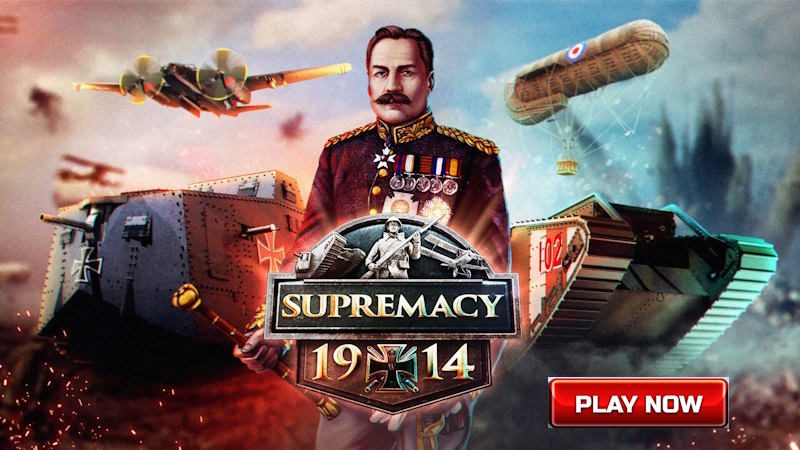German Kriegsmarine (Navy) at the beginning of the Second World War in September 1939.
Ship classes and warships, organization.
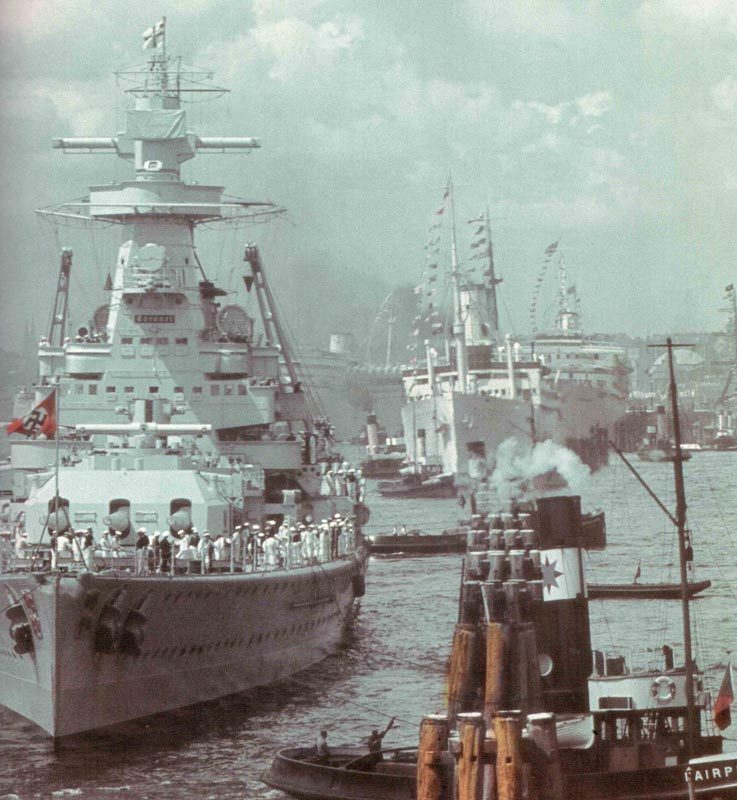

The Treaty of Versailles strictly limited the size of the German Navy and forbade the design or construction of submarines, aircraft carriers, naval aircraft or heavy coastal artillery. The displacement of new vessels was limited to 10,000 tons.
Hitler chose to ignore the restrictive terms of the treaty, but was also anxious to remain on good terms with England. On 18 June 1935 the Anglo-German Naval Treaty was signed and while this limited the strength of the German Navy to 35 per cent of that of the Royal Navy, it permitted Germany to have submarines and all other types of ships forbidden her under the Treaty of Versailles. An ambitious program of ship-building (the ‘Z’ plan) was set under way in 1937, and by September 1939 the Germany Navy comprised:
Kriegsmarine:
Ship class | Numbers | Ships | Under Construction |
|---|---|---|---|
Battleships | 2 | 2 Scharnhorst (battlecruisers) | 11 (only 2 Bismarck finish) |
Old Battleships | 2 | 2 Schlesien (Pre-Dreadnoughts) | - |
Pocket Battleships | 3 | 1 Deutschland, 2 Admiral Scheer | - |
Aircraft Carriers | - | 2 (Graf Zeppelin, none finish) |
|
Heavy Cruisers | 2 | 3 (only 1 finish) |
|
Light Cruisers | 6 | 1 Emden, 3 Königsberg, 1 Leipzig, 1 Nürnberg | 6 (none finish) |
Destroyers | 22 | 16 Leberecht Maass, 6 von Roeder | 12 |
Torpedo Boats | 20 | 6 Möwe, 6 Wolf, 8 T1 | 13 |
Submarines | 62 | 6 Type IIA, 18 Type IIB, 2 Type IA, 10 Type VIIA, 8 Type IXA, 11 Type VIIB, 7 Type VIIC | 50 |
German merchant fleet: 400 ocean-going merchant ships (more than 3/4 overseas at the time of the outbreak of WW2).
The German Navy in World War 2, known as the Kriegsmarine, played a significant role in Nazi Germany’s military operations from 1935 to 1945. It was the successor to the Imperial German Navy and was built up significantly under Hitler’s regime.
At the beginning of the war, the Kriegsmarine was relatively small compared to other major naval powers. It consisted of only two battleships, two battlecruisers, three armoured cruisers, three heavy cruisers, six light cruisers, 22 destroyers, and 59 submarines. Despite its limited size, the German Navy compensated with the quality of its ships, including famous vessels like the battleship Bismarck.
The Kriegsmarine’s strategy was largely influenced by Adolf Hitler, who controlled the navy absolutely and made all important naval decisions, particularly after 1939. One of the primary objectives of the German Navy was to disrupt Britain’s sea lines of communication, attempting to cut off vital supplies and potentially force the country out of the war.
A significant part of this strategy involved the use of submarines, or U-boats, which conducted extensive operations in the Battle of the Atlantic. The German Navy also provided support during various land campaigns and engaged in notable surface actions, such as the sinking of the British battlecruiser HMS Hood.
Despite some early successes, the Kriegsmarine faced increasing challenges as the war progressed. The Allied navies grew stronger, and improved anti-submarine tactics severely hampered German U-boat operations. By the end of the war, the German Navy had been largely defeated, and it was disbanded in 1945 after Germany’s surrender.
After the war, one of the tasks facing the Allies was clearing the numerous sea mines laid during the conflict. Approximately 580,000 sea mines had been planted in European waters by all parties, requiring extensive mine-clearing operations to restore safety to maritime routes.
ORGANIZATION
The German Kriegsmarine had been split up into 3 elementary arms under the control of a leader (Fuehrer) or flag-officer. The capital ships came under the straight order of the Oberkommando der Kriegsmarine (OKM) and then followed by group commands (Gruppenkommandos).
The flotillas of patrol boat, coastal defense ships, minesweepers, and auxiliaries of all kinds and dimensions came under the naval security department. The last arm, which was to result in the most effective danger to the Allies on the ocean, was the U-boat command.
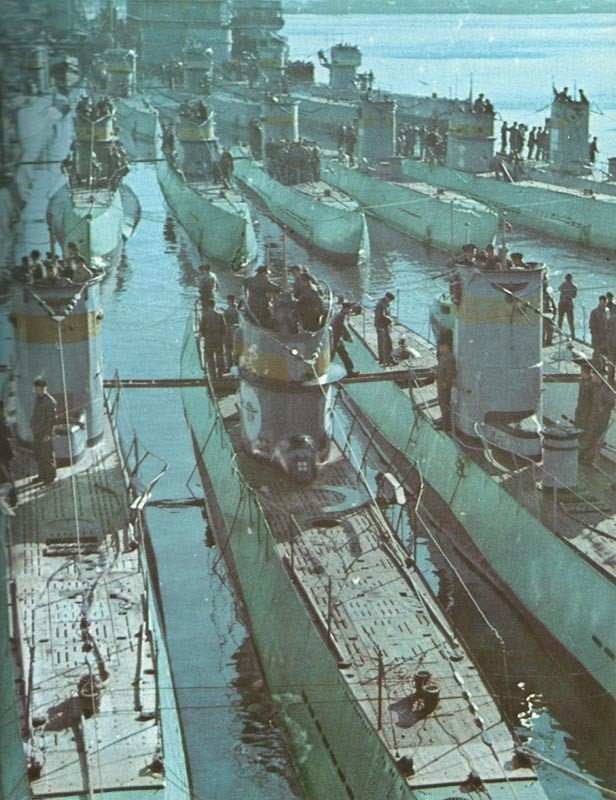
Conscripts and volunteers undergone their elementary training in regiments (Schiffstammregimenter), while petty officers (Unteroffiziere) been given their training in NCO battalions (Marineunteroffizierlehrabteilungen). A group of qualified personnel was kept in reserve units for mission whenever necessary.
The German and occupied foreign coastlines had been protected by coastal artillery and anti-aircraft artillery battalions. There were no marine corps as such and combat troops for combined operations or assignments on land were pulled either from the ship’s crew, or from the exercising as well as reserve units.
By May 1941 the strength of the Kriegsmarine had reached 404,000 men in all ranks.
In contrast to many of the other important navies, the Kriegsmarine was lacking its own planes. A Luftwaffe officer had been sent to OKM and was in charge of giving the Navy with its demands in the air. The Fuehrer der Marineluftstreitkrafte was Major-General Geissler and either his planes as well as crews had been carefully picked for the extraordinary duties they had to undertake.
WW2 started with both outstanding results and serious setbacks. U-boats achieved their initial significant triumphs by sinking the British aircraft carrier Courageous and battleship Royal Oak, and magnetic mines introduced the British with an unpleasant if exclusively short-term surprise.
Naval units enjoyed a significant part in the conquest of the Polish coastal citadel at Westerplatte close to Danzig; German vessels smartly carried German troops to Norway during Operation Weser Crossing and U-boats threatened Britain’s ocean-going life-lines.
However, in the process, the Kriegsmarine lost 3 beneficial heavy cruisers as well as 10 destroyers. The crucial struggles of the sea war were nevertheless up ahead.
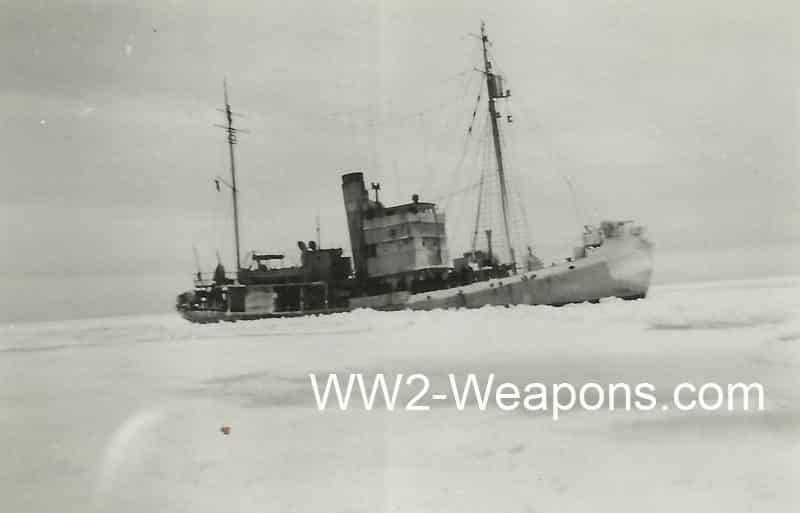

References and literature
The Armed Forces of World War II (Andrew Mollo)
Flotten des 2. Weltkrieges (Antony Preston)



